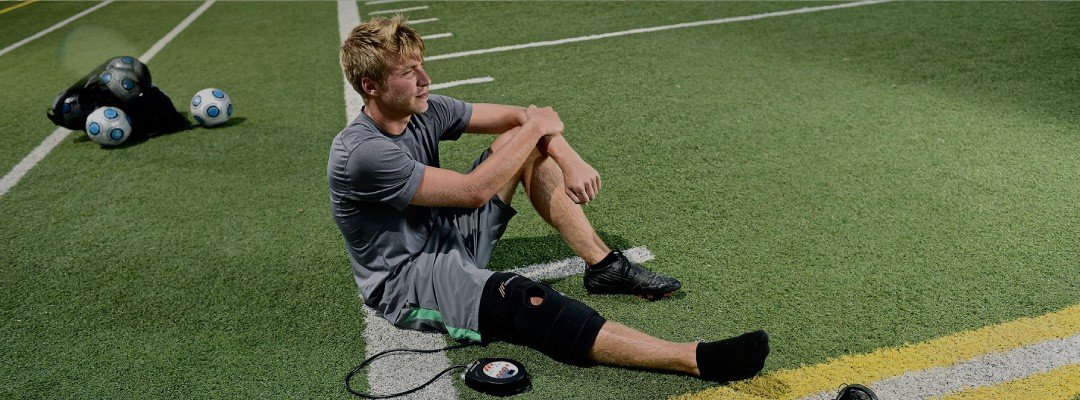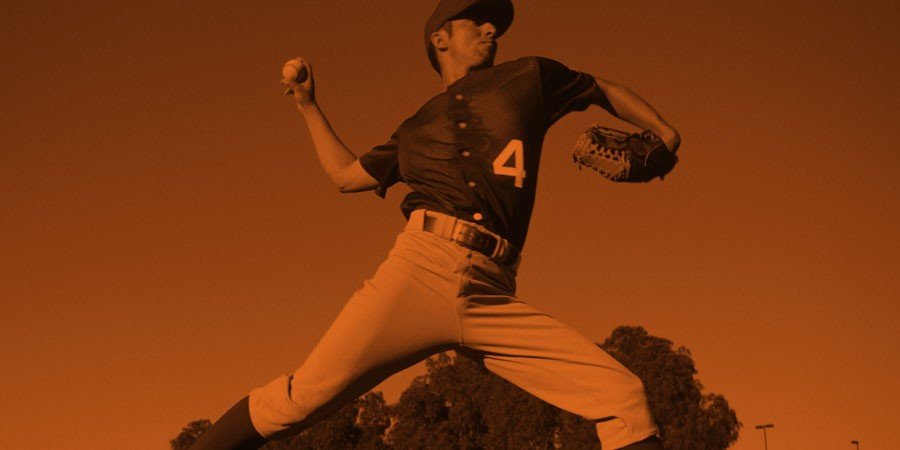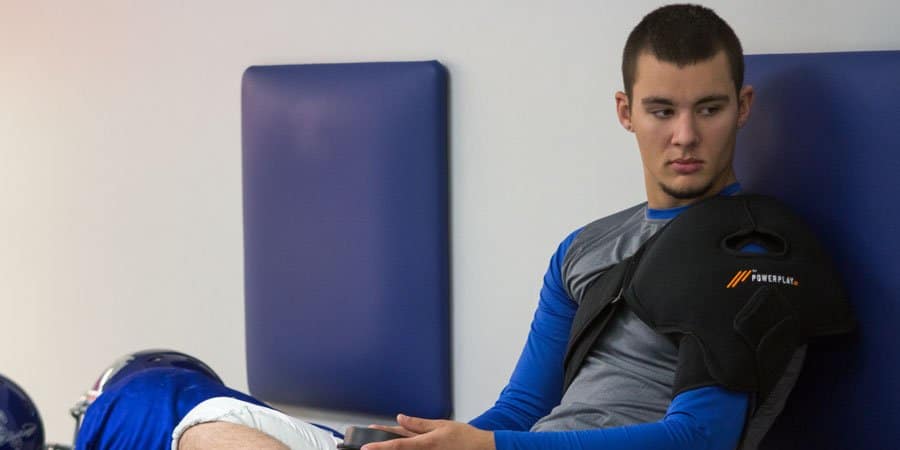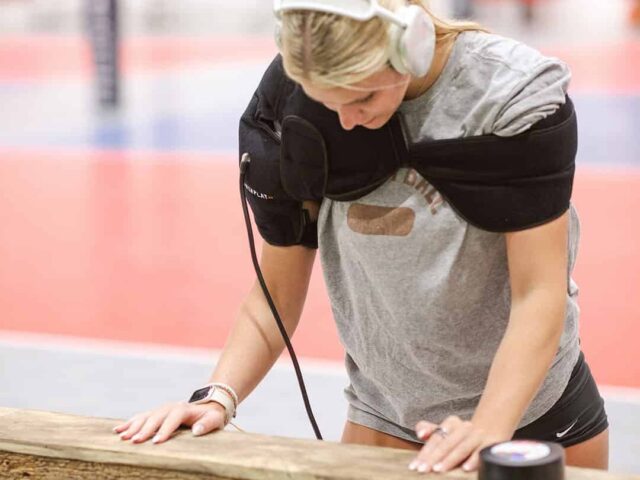When you constantly push your body to the limit, it may hit a point where it will break. Athletes know that there is always risk of an injury. Whether the injury is caused from repetition or an accident, sports and injuries are synonymous. Here is an overview of common sports injuries.
What are common sports injuries?
Sports injuries can range from an accident causing a broken bone, to a stress fracture from pushing it too hard during training, to strains caused by a continuous repetitive motion.
Here are some of the most common sports injuries:
- Muscle sprains and strains
- Runner’s Knee
- Achilles Tendon Injuries
- ACL Injuries
- Fractures
- Dislocated joints
Types of Sports Injuries:
Muscle sprains and strains.
This type of injury occurs from overuse, or could be the result of a repetitive motion. A muscle strain can be as minor as over stretching a tendon, or could be as severe as a partial or complete tear of the tissues.
While often grouped in the same category, there are slight differences in a strain vs a sprain. A muscle strain means a muscle is injured. However, a sprain is an injury to the band of tissue that connects two bones together.
The symptoms of this injury can include pain, redness or bruising, limited range of motion or weakness, muscle spasms, or swelling.
Also in the muscle sprain and strain category are shin splints. Almost all athletes are familiar with shin splints and the sharp pain experienced directly on the shin. The symptoms of shin splints are tenderness and soreness along the inner side of the shin. Usually the pain only occurs when exercising, but without a solid recovery strategy this pain can be constant and is treated with rest, compression, and cold therapy.
Runner’s Knee.
Runner’s knee is another example of a common athletic injury caused by overuse. However, don’t confuse this injury with a sprain or strain. Runner’s knee doesn’t involve broken bones, tendons, or damaged cartilage. Instead, this injury involves inflamed tissue surrounding the knee cap.
Symptoms for runner’s knee include aching pain around or behind the knee cap. This isn’t the type of injury where an athlete should push through the pain. In fact, ignoring symptoms could lead to chronic pain. This affects around 15% of avid runners, but other athletes such as cyclists are very familiar with this type of sports injury.
Achilles Tendon Injuries.
The Achilles tendon is a band of tissue that links the calf to the heel. This tendon is necessary for jumping, running, and walking. For athletes especially, this tendon withstands a lot of stress and pressure. The strength and flexibility of this tendon are important for jumping, running, and walking.
If the back part of your calf is starting to feel sensitive, it could be tendonitis. The symptoms of tendonitis are pain in the heel when walking, pain if this tendon is touched or moved, or swelling and warmth along the heel. Tendonitis can be treated with rest, ice, compression, and anti-inflammatory medications.
But, achilles tendonitis is a best-case-scenario as far as achilles injuries go. The achilles tendon can rupture. This is a common sports injury for athletes in sports that have lots of sudden stops or pivots such as soccer, football, basketball, or tennis. Anyone who experiences this needs immediate medical attention.
ACL Injuries.
The anterior cruciate ligament or ACL is a ligament in the knee that connects the thighbone to the sindbone and the knee. This is a sports injury that many atheltes fear as the road to recovery is long.
ACL injuries are mst common for athletes that play sports such as basketball, football, soccer, skiing, and tennis. The symptoms for an ACL injury are swelling of the knee, instability, or pain. If experiencing any of these symptoms, seek medical attention immediately. Proper training and exercise can help reduce risk of an ACL injury.
Bone Fractures.
Breaks or cracks in the bone are caused by trauma, overuse, or osteoporosis. While some athletes experience fractures due to trauma in contact sports, stress fractures due to overuse are common in any sport. Symptoms of a fracture can include Intense pain, numbing or tingling, and sometimes fractures can be visible.
If you believe you have a bone fracture, seek medical help immediately.
Dislocated Joints.
Dislocated joints go hand-in-hand with high contact sports. Hockey, football, and rugby players know that dislocation is a risk when taking to the field. Sometimes, the joint is visibly out of place, other times the injured athlete will feel numbness, or notice swelling, or intense pain. If you are experiencing any of these symptoms, get medical attention immediately.
How do I prevent common sports injuries?
While there is always risk of injury, there are preventative measures athletes can take to avoid injury. First of all, it’s important to receive medical check-ups from a medical provider and listen to your body. If there are any physical changes such as a decrease in range of motion, pain, or slower recovery between conditioning sessions, that means there is something wrong that could possibly lead to injury.
It’s important to train, but equally important to rest. When pushing your body to the limit, it becomes more vulnerable. By planning out rest days as well as recovery time, it’s allowing your body to naturally heal.
Don’t undermine stretching and warming up before workouts, or cooling off after a workout. To help with cooldowns, implementing cold or compression therapy can help athletes recover between training sessions.
Common Sports Injuries by Sport
According to the organization Stop Sports Injuries (a joint collaboration of various orthopaedic medical associations), high school athletes alone account for “two million injuries, 500,000 doctor visits and over 30,000 hospitalizations each year.” While there are a multitude of things that could happen while playing your favorite game, some of these injuries are all too common, simply because of the mechanics of how the sports are played.
Here are a few examples of sports injuries classified by activity:
Football
It’s one of America’s favorite games to play and watch. Football is very much a contact sport, and as such, can take a toll on the body. While head injuries and concussions dominate the discussion around this sport, traumatic knee and ankle injuries are also very common.
If you’re interested in learning more about common football injuries and preventative methods, read Preventing Football Injuries from Stop Sports Injuries. If you’ve undergone ACL surgery from a knee injury, you may want to read our blog, Recovering from ACL Surgery Using Cold Compression Knee Wraps.
Swimming
Swimming injuries tend to be overuse injuries. Not surprisingly, shoulder injuries are very common among swimmers. Another common injury in swimmers is breaststroker’s knee. Due to the mechanics of this particular movement with the knee, the knee can become inflamed, which is painful.
Most swimmers will apply ice and NSAIDs to help with recovery and pain. The PowerPlay shoulder wrap is another great tool to use; it applies cold and compression to the injured shoulder. Our shoulder wraps are portable, which means you can apply this technique while recovering on the couch at home or on the pool deck before a swim meet. For more information on how the use of cold and compression can help speed up shoulder injury recovery, read our blog post, Using Cold Compression Wraps for Shoulder Injuries.
You can read more about common injuries and preventative techniques for swimming in 3 Common Swimming Injuries with Prevention Techniques by Swimming World Magazine.
Ice Hockey
Upper body injuries are common when it comes to ice hockey. Like football, hockey is a very physical contact sport. Even though the players wear protective padding, they still commonly have shoulder, wrist, dental and head injuries. Injuries around the shoulders often include broken clavicles or acromioclavicular joint separation—more commonly known as AC separation. Wrists usually suffer sprains, fractures and breaks.
Below is a really handy infographic created by Pro Stock Hockey about the “Most Common Upper Body Injuries in Hockey.” This graphic outlines not only the common injuries, but also preventative methods to avoid these pitfalls of the sport, when possible.

Soccer
Soccer is one of the most popular sports in the world—and certainly one of the most popular in the United States. According to the nonprofit organization US Youth Soccer, in 2014 there were over 3 million youth soccer players registered to play!
Unlike ice hockey, the most common injuries in soccer occur on the lower body. Sprained ankles, knee injuries, hamstring and adductor strains are all incredibly common.
Many of the minor strains that happen with soccer injuries can greatly benefit from cold and compression, which help reduce swelling, decrease pain and speed up recovery. You can learn more about common injuries on orthopedic surgeon and sports medicine specialist, Dr. David Geier’s blog post, Soccer Injury: Six of the Most Common Injuries Soccer Players Suffer.




